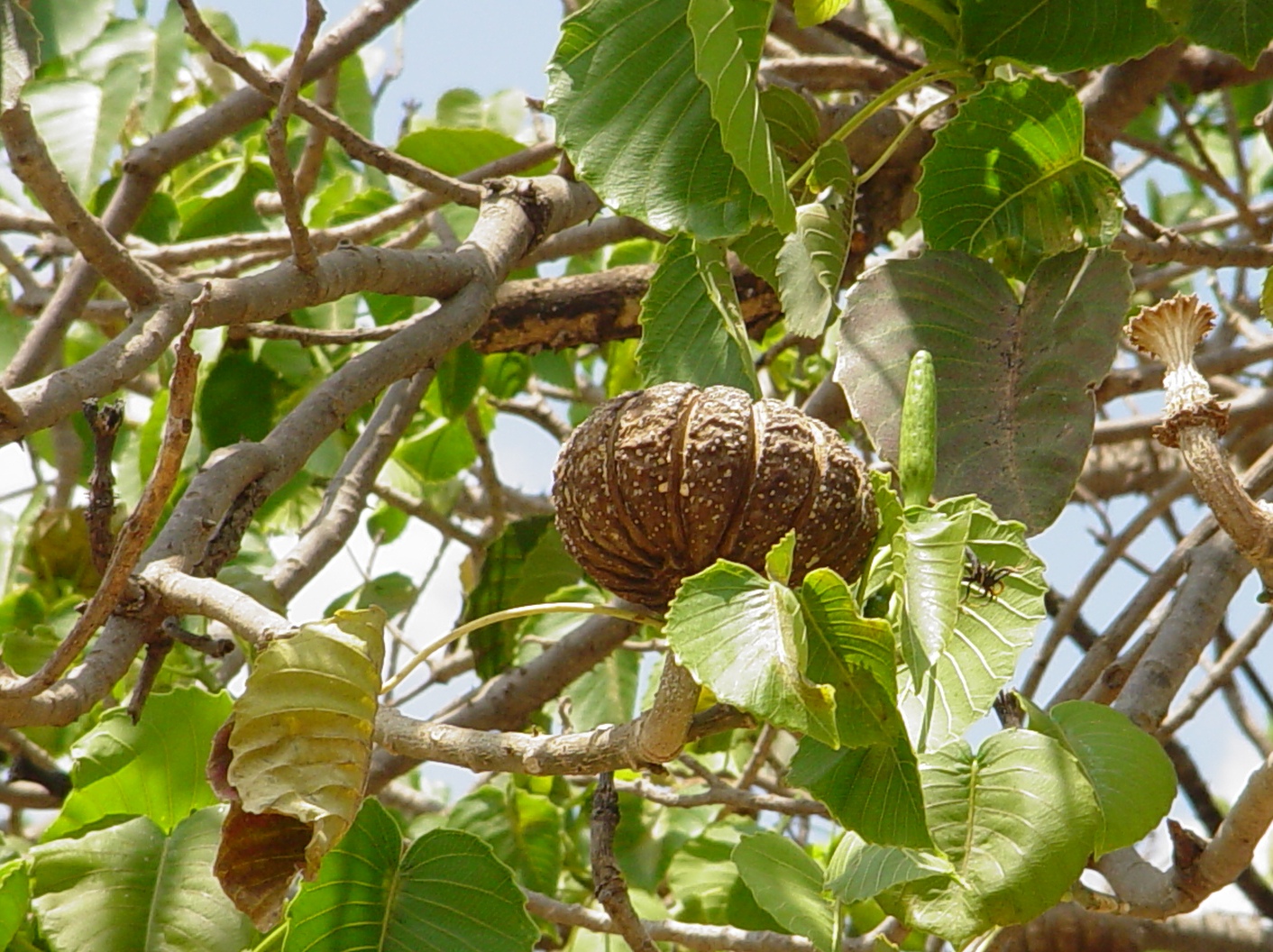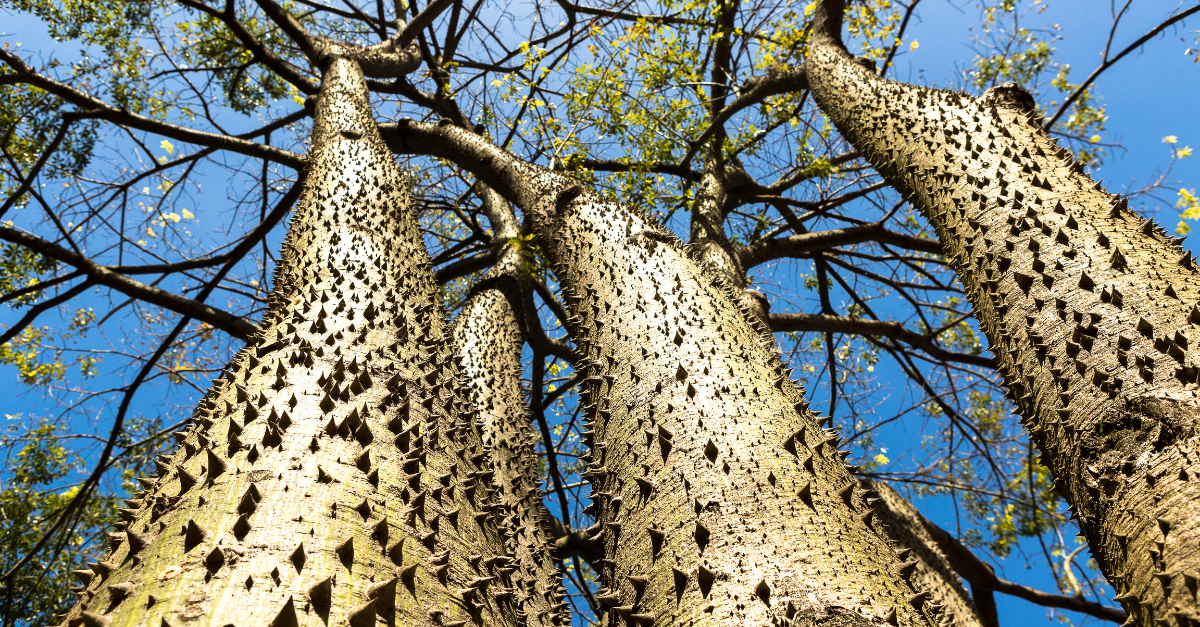Life on earth is full of many elemental surprises: from the seven natural wonders, to the bear’s head tooth mushroom (Google that later), to whatever other horrors lurk deep in our ocean. What or whom else exists in the galaxies in the solar system that we’re apart of, while we float on a literal rock in space, tethered by an unseen force to other rocks in space is such a crippling thought. You gotta love science! Now, with that existential crisis of the unknown out of the way, let’s get on to a lighter note… the known. In the form of the Hura Crepitans. A tree that could kill you, on land.
Videos by Rare
The Hura Crepitans goes by many names. This Spurge family member is known to some as Possomwood, though its most common name is the Sandbox tree. It remains to be one of the most curious plants in existence. And by curious, I mean… well, curiously dangerous. If you’re picturing an innocent, home-friendly little succulent, dismiss that thought. Because this is the Sandbox tree.
Where do Sandbox trees grow and what are they?

Don’t want it anymore, do ya? Yeah, me neither. If you still think this monstrosity is cool, I’ll let you in on a little secret: it isn’t actually safe for planting anywhere near people or animals… or most forms of life.
This evergreen tree thrives on full or partial sun, hence the hot, tropical regions it grows in, primarily in South America, the Amazon rainforest and parts of North America. Standing at about 90-130 feet tall, the tree has both male and female flowers. The female flowers are red and petal-less. On the smooth brown bark are the conical male flowers. They look more like spikes than flowers and are the reason the Sandbox tree is often nicknamed “monkey no climb”. I’m sure this is self explanatory.
Are Sandbox trees dangerous?

This tree, like most, grows fruit. The Jabillo (yet another name for this tree) fruit resemble little pumpkins that are technically edible. I say “technically” because once ingested, it immediately causes vomiting, diarrhea, and cramps. So, definitely don’t eat them. As a matter of fact, don’t stand that close to it either for many reasons. To start, the sap from this tree is toxic. It was once used to poison the tips of darts for combat. It causes an aggressive red rash and threatens blindness if it comes into contact with the eye.
Did I mention that the Sandbox tree is referred to as a ‘Dynamite Tree’? Well, it’s true. Remember those little pumpkins? They explode. When they’re ripe, the hardened seed capsules explode and send flat, hard seeds over a 60-feet radius at a whopping 150 MILES PER HOUR!
Unlike most flowers and trees that let flying creatures pollenate for them or simply DROP their fruit as they should, the Sandbox tree has to be different and employ explosive dehiscence. Sigh. Yes, seeds flying at almost-bullet speed can hurt you. But don’t worry, there’s an explosive sound that accompanies it to warn you and give you a fighting chance of survival. But that’s all hearsay; I’m not getting close enough to find out.
On the flip side, there are some healing properties to this tree. Oil extracted from seeds can be used as purgatives. The leaves, are a reported cure for eczema, and other extracts can treat intestinal worms and rheumatism. Jewelry has even been made from some of its parts. Despite these few friendly factors, the tree is still only found in specific locales. It was, however, introduction into the ecosystem of Tanzania, Africa. There, the Dynamite/Sandbox/Monkey no climb tree is being called “invasive”. Can’t imagine why.



